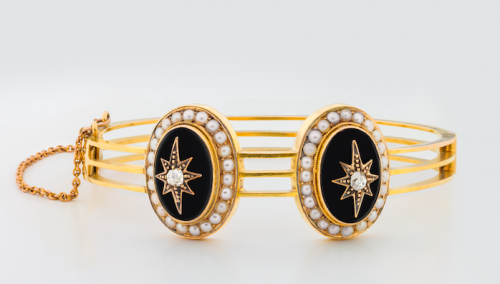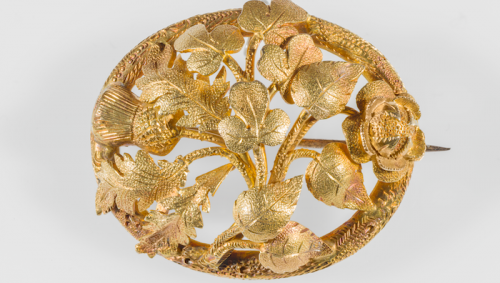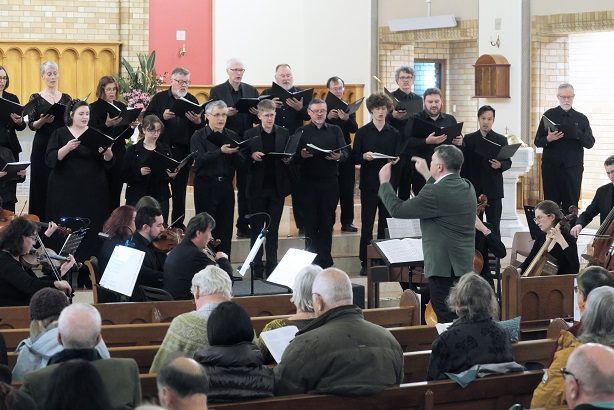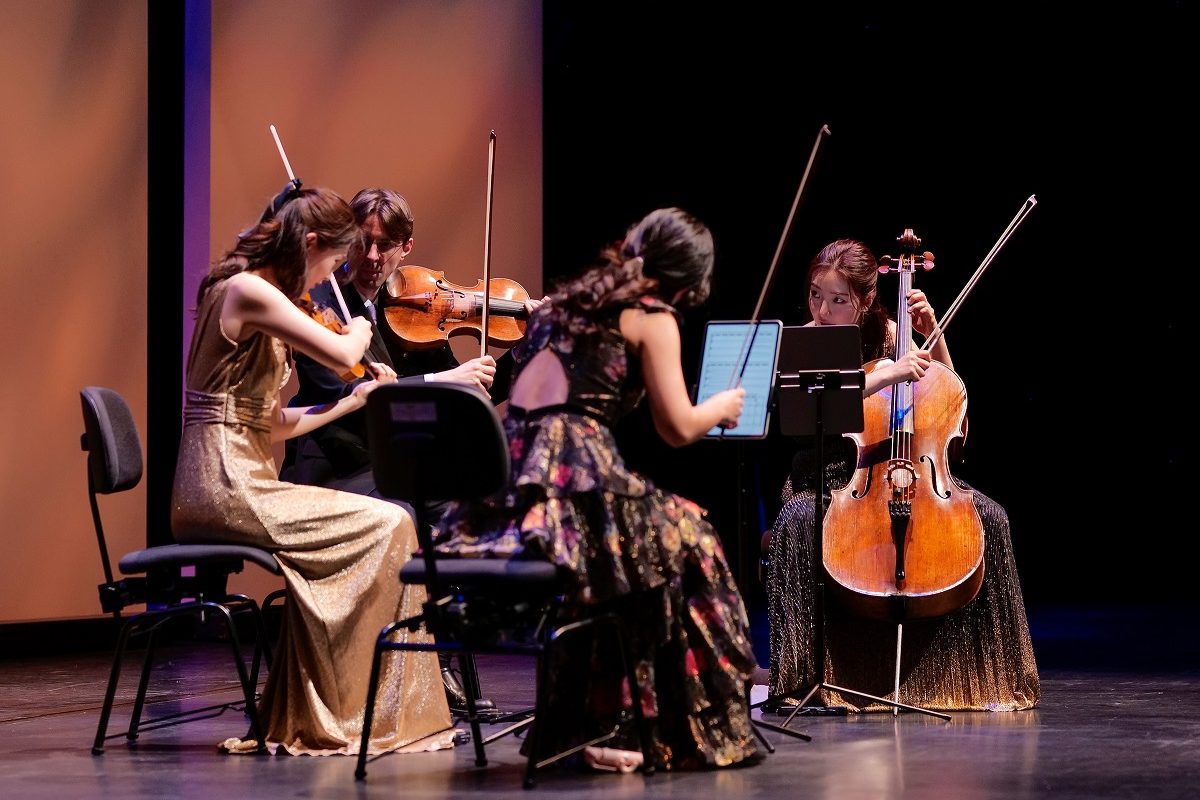
THE National Gallery of Australia has a magnificent collection of early Australian gold and silver. A travelling exhibition, which spent most of last year in the gold mining areas of Western Australian, draws on objects in the collection.
The overall theme of the exhibition is celebration – which they did in considerable style in the first century of white settlement in Australia.
Sporting wins, agricultural achievements, fine dining, success in the goldfields, and ritual moments in the lives of settlers were all celebrated and objects given or won from a variety of pursuits are on exhibit.
Australia in the 1800s was considered as a harsh, isolated and relatively unsophisticated place. Early, privileged free settlers and government officials brought their domestic silverware and cutlery from England and silversmithing in the very early years was limited to repairs as there were few clients and no known source of silver. Once gold was discovered, more silver and goldsmiths established workshops and began creating objects, including jewellery.
The “Dining Showcase” includes several pieces of cutlery such as items that people may not be so familiar with today, like a fish slice – all by the prolific Alexander Dick. One unusual object is an emu egg claret jug made by Henry Steiner in Adelaide at around 1875.
Several unusual objects are exhibited in the “Sport Showcase”. “Royal Water”, a greyhound won a silver fabricated and engraved collar made by Edward Fischer in 1874. Isaac Reid, a boxer, won an elaborate boxing belt buckle. Subsequently, this was awarded to other successful boxers. The cups awarded for various sporting successes were far more imposing than the small, shiny and rather tiny cups seen today. Presentation cups by William Edwards, Edward Fischer and Henry Young & Co. are all on display.
More cups are displayed in the “Agriculture Showcase”. However, the Cobar Champion sheep dog trial trophy collar, made by an unidentified Australian silversmith c 1884 is the most charming. This is a real celebration of the importance of sheep dogs in the 19th century sheep industry, and the generosity of a local benefactor. The cups and the collar are a far cry from the felted ribbons given these days to successful exhibitors.
A showcase dedicated to the Goldfields includes several gold brooches, bracelets and a small quartz box. Miniatures of miners’ tools and equipment were fashioned into brooches, often giving the name of the source of gold. They were given and worn as emblems of wealth and success, and love and devotion. Very fashionable at the time, Goldfields jewellery is now sought after by collectors.
The showcase of Defining moments demonstrates the importance new settlers gave to the rituals and traditions of their homeland, maintaining British cultural customs, such as birth, christening, engagements and marriage. A presentation cradle in cast sterling silver, fabricated and engraved, celebrates the birth of a son of a mayor. Many of the other items are rings, lockets, and brooches, as well as cups or mugs. They are engraved, detailing the recipient and the giver.

Accomplishments and achievements were important and were readily acknowledged in the developing nation. One significant moment is represented by a presentation railway spike that commemorates the last spike driven into a railway line in South Australia by the then governor. A presentation spade marks the commencement of the construction of the Southern and Western Railway of Ipswich, Queensland.
This is a fascinating exhibition that recalls a history of Australia. The gold and silversmiths who made the objects initially worked under difficult circumstances, with unfamiliar materials. This exhibition is a tribute to those fore-runners of today’s silver and goldsmiths.
Who can be trusted?
In a world of spin and confusion, there’s never been a more important time to support independent journalism in Canberra.
If you trust our work online and want to enforce the power of independent voices, I invite you to make a small contribution.
Every dollar of support is invested back into our journalism to help keep citynews.com.au strong and free.
Thank you,
Ian Meikle, editor




Leave a Reply